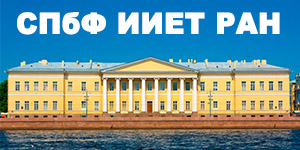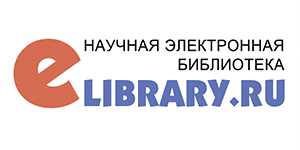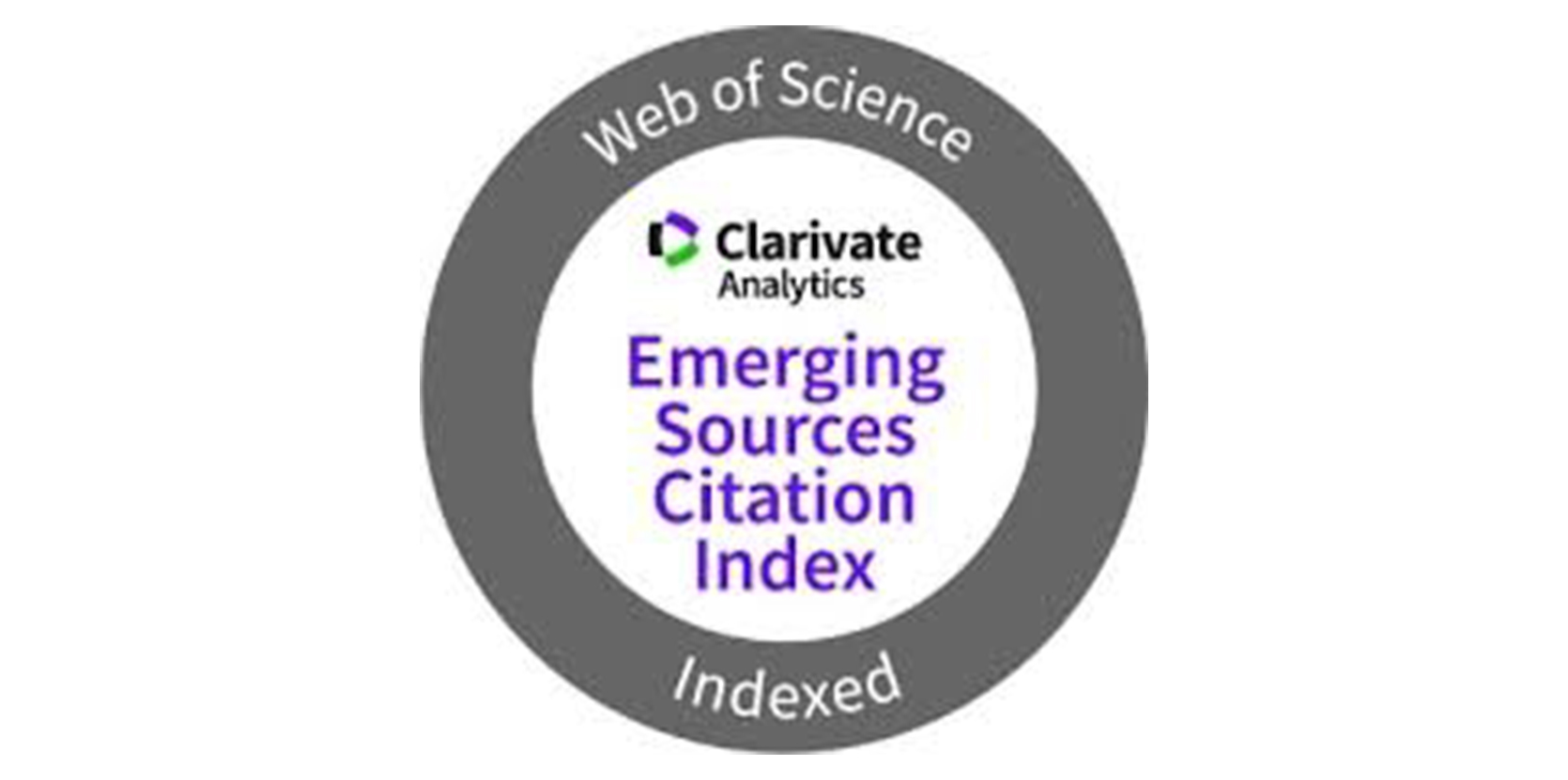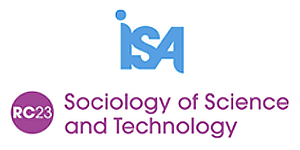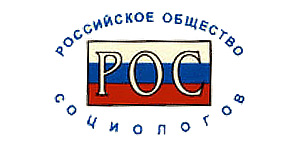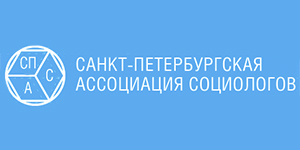Подготовка специалистов для атомной промышленности в Московском химико-технологическом институте имени Д.И. Менделеева (1950-е – начало 1960-х гг.)
Екатерина Николаевна Будрейко
ИИЕТ РАН
КЛЮЧЕВЫЕ СЛОВА:
СОВЕТСКИЙ АТОМНЫЙ ПРОЕКТ, МОСКОВСКИЙ ХИМИКО-ТЕХНОЛОГИЧЕСКИЙ ИНСТИТУТ ИМ. Д. И. МЕНДЕЛЕЕВА, ПОДГОТОВКА ХИМИКОВ-ТЕХНОЛОГОВ, ХИМИЯ И ТЕХНОЛОГИЯ РАДИОАКТИВНЫХ И РЕДКИХ ЭЛЕМЕНТОВ, ТЕХНОЛОГИЯ ИЗОТОПОВ, РАДИАЦИОННАЯ ХИМИЯ, SOVIET ATOMIC PROJECT, MOSCOW DMITRY MENDELEEV INSTITUTE OF CHEMICAL TECHNOLOGY, TRAINING OF TECHNOLOGICAL ENGINEERS, PHYSICAL AND CHEMICAL ENGINEERING FACULTY, TECHNOLOGY OF RADIOACTIVE AND RERE ELEMENTS, ISOTOPE TECHNOLOGY, RADIO CHEMISTRY
АННОТАЦИЯ:
Статья посвящена подготовке инженеров-химиков-технологов и химиков-исследователей для создававшейся в 1950-х гг. атомной промышленности страны, когда в широкомасштабную государственную программу были вовлечены ведущие химико-технологические и политехнические вузы и химические факультеты университетов. На примере одного из старейших учебных заведений химико-технологического профиля – МХТИ им. Д. И. Менделеева – освещены организационные, материально-технические, финансовые аспекты проблемы. Показаны трудности ее решения, обусловленные новизной и секретностью сферы деятельности будущих специалистов, срочностью их подготовки, а также сложными условиями послевоенного времени. Рассмотрены особенности формирования профессорско-преподавательского корпуса. С привлечением архивных и учебно-методических материалов, воспоминаний преподавателей и выпускников проанализирован вклад крупнейших специалистов-физико-химиков страны в создание специального инженерного физико-химического факультета: разработку учебных программ и курсов, организацию учебного процесса, формирование научно-педагогических школ и исследовательских направлений в области химии и технологии радиоактивных и редких элементов, технологии изотопов и особо чистых веществ, радиационной химии. Отмечен вклад выпускников факультета первого десятилетия его существования в развитие различных областей химии и химической технологии. Подчеркнуто влияние государственной программы подготовки специалистов для атомной промышленности на повышение уровня подготовки химиков-технологов широкого круга специальностей в вузах страны в период 1950-1960 гг.
ОПИСАНИЕ НА АНГЛИЙСКОМ ЯЗЫКЕ:
Training of Specialists for the Nuclear Industry at the D. I. Mendeleyev Moscow Chemical and Technological Institute (the 1950s – early 1960s)
Budreyko Ekaterina N.
S. I. Vavilov Institute for the History of Science and Technology, Russian Academy of Sciences
The article is devoted to the training of engineer-chemist-technologists and research chemists for the nuclear industry that has being created during the 1950 years. In that time leading chemical-technological, polytechnical higher education institution and chemistry departments of universities were included in the large-scale state program. On the example of one of the oldest of higher education institution of chemical technology type – the Dmitry Mendeleev Moscow Institute of Chemical Technology – were highlighted organizational and financial aspects of the problem. There are shown all the difficulties of its solution, caused by the novelty and secrecy of spheres of activity of future professionals, urgency of there training, and also difficult circumstances of the postwar period. There are examined features of formation of professorial corps. Involving archive and teaching materials, memoirs of professors and graduates was analyzed the investment of leading physical chemistry specialists in the creation of special Engineering physicochemical faculty: development of educational programs and courses, organization the process of education, formation of scientifical and pedagogical schools and lines of investigations in the sphere of chemistry and technology of radioactive and rare elements, chemistry and technology of isotopes, radiation chemistry. The contribution of the first decade faculty existence graduates of the in the development of the different spheres of chemistry and chemical technology is noted. The impact of the state program of the training specialists for the nuclear industry on the level of training of technological chemists of wide range of specialties in the higher education institutions of country during the period of during 1950-1960 years is also noted.

